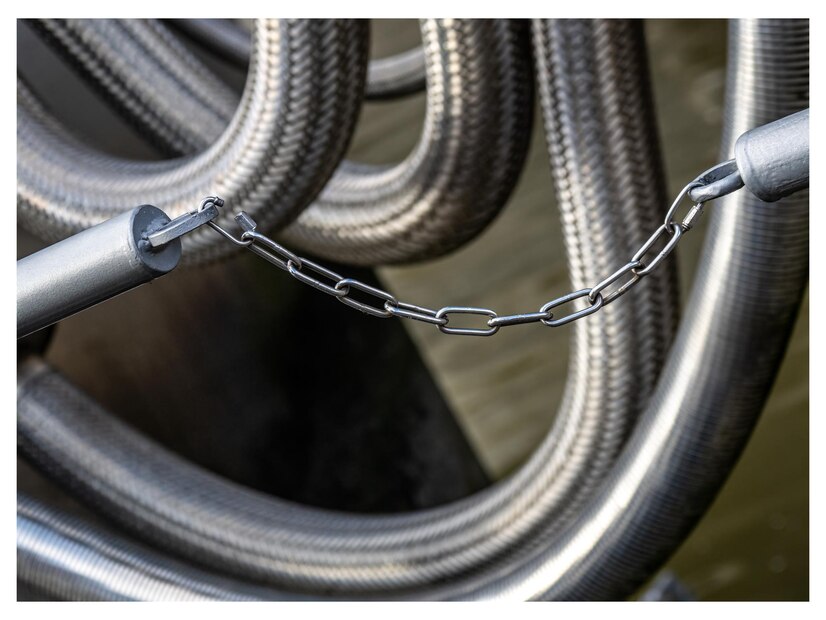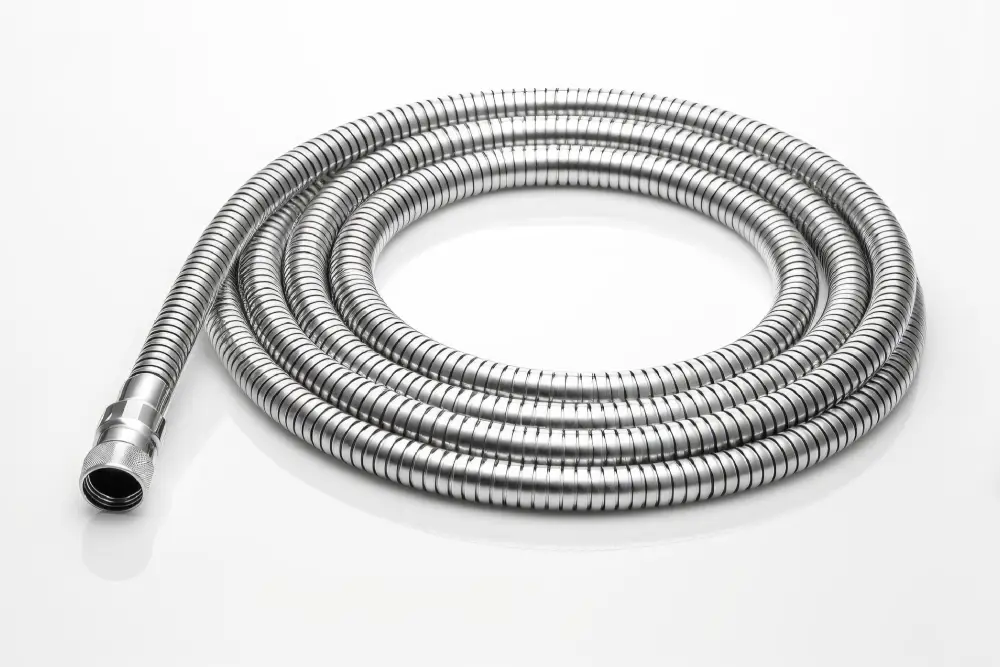A Comprehensive Guide to Installing Stainless Steel Flexible Hoses: Tips, Tricks, and Expert Insights
Introduction
In the world of fluid conveyance solutions, Stainless Steel Flexible Hoses have emerged as a reliable choice due to their robust construction and resistance to corrosion. Whether you're a seasoned professional or a DIY enthusiast, this comprehensive guide will delve deeper into the nuances of installing Stainless Steel Flexible Hoses, offering valuable tips, tricks, and expert insights to ensure a seamless installation process.

Understanding Stainless Steel Flexible Hoses
Stainless steel flexible hoses are composed of a corrugated stainless steel tube, which provides the necessary flexibility to accommodate movement while maintaining structural integrity. Owing to their ability to handle fluids such as water, gas, and chemicals, these hoses are widely employed in various applications, ranging from residential plumbing to critical industrial processes.
Before You Begin
Selecting the Right Hose
- Consider your application's specific requirements, considering factors such as size, pressure rating, and temperature compatibility.
- Consult industry standards and guidelines to ensure your chosen hose meets regulatory specifications.
Installation Steps
Follow these detailed steps for a successful installation of Stainless Steel Flexible Hoses:
Preparing the Area
- Begin by shutting off the water or gas supply to the system.
- Clean the work area meticulously, removing any debris or potential obstructions that could impede the installation process.
Measuring and Cutting
- Precisely measure the required length of the hose and mark it accordingly.
- Utilize a high-quality tube cutter for a clean, perpendicular cut, ensuring the hose's optimal performance.
- If your application demands specialized lengths or shapes, consider consulting with a professional for custom solutions.
- Select fittings that align with your application, such as threaded connectors or flanges.
- Employ the appropriate tools, including wrenches, to securely attach the fittings, adhering to recommended torque specifications.
- Lubricate threads and seals as needed to facilitate a smooth installation process.
Installing the Hose
- Gently manipulate the hose into the desired shape, avoiding excessive twisting or bending that could compromise its structural integrity.
- Ensure proper alignment with fittings and secure the hose in place using suitable fastening methods, such as clamps or brackets.
Leak Detection and Adjustment
- Gradually restore the water or gas supply and meticulously check for any signs of leakage.
- If leaks are detected, promptly inspect connections and fittings, tightening them as necessary to achieve a secure, leak-free installation.
Tips and Tricks
Precision Over Force
- While securing fittings is crucial, prioritize precision over excessive force to prevent damage to the hose or fittings.
Invest in Quality Tools
- Ensure you have the right tools for the job, including a reliable tube cutter and properly sized wrenches.
Strategic Support
- Provide strategic support for the hose to prevent sagging or undue stress on fittings. This is particularly essential for installations in dynamic environments.
Regular Maintenance Checks
- Incorporate regular inspections into your maintenance routine to identify wear, corrosion, or damage promptly. Replace any hoses showing signs of wear to prevent potential failures.
Insulation and Protection
- In certain applications, especially those involving extreme temperatures or harsh environments, consider adding insulation to your Stainless Steel Flexible Hose.
- Insulation can help maintain the temperature of the conveyed fluid and protect the hose from external elements, enhancing both efficiency and longevity.
- Options for insulation include thermal sleeves or wraps designed for compatibility with Stainless Steel Hoses.
Expansion Joints and Movement Compensation
- Recognizing that systems may experience thermal expansion or movement, it's crucial to incorporate expansion joints where needed.
- Expansion joints accommodate changes in length, providing flexibility and preventing undue stress on the Stainless Steel Flexible Hose.
- Consider the specific needs of your application to determine if expansion joints are necessary and where they should be strategically placed.
Proactive Corrosion Prevention
- While Stainless Steel Hose are known for their corrosion resistance, certain environments may still pose a risk over time.
- Apply anti-corrosion coatings or wraps to vulnerable areas, particularly if the hose is exposed to corrosive substances.
- Regularly monitor and reapply these protective measures as part of routine maintenance.
Emergency Shutdown Procedures
- Establish clear emergency shutdown procedures for systems utilizing Stainless Steel Flexible Hoses.
- Ensure all personnel involved are familiar with these protocols to minimize the risk of accidents or damage in case of unexpected events.
- Consider integrating shut-off valves in critical areas for quick response and isolation.
Environmental Considerations
- Evaluate the environmental conditions surrounding the Stainless Steel Hose installation.
- In outdoor applications, use weather-resistant cladding or protective covers to shield the hose from UV exposure, extreme temperatures, and adverse weather conditions.
- Regularly assess the environment to adapt preventive measures accordingly.
Company Spotlight
At Stainless Steel Hose, our commitment to excellence extends beyond providing comprehensive guides. We take pride in offering a diverse range of high-quality Stainless Steel Flexible Hoses designed to meet and exceed industry standards. Our hoses undergo rigorous testing to ensure durability, reliability, and optimal performance across various applications. With a customer-centric approach, Stainless Steel Hose stands as a reliable partner for all your fluid conveyance needs. From standard hoses to tailor-made solutions, our products reflect a perfect synergy of innovation and quality craftsmanship.
Conclusion
Installing Stainless Steel Flexible Hoses is a task that demands attention to detail and adherence to best practices. By following the in-depth guidance provided in this comprehensive guide, you can navigate the installation process with confidence, ensuring that your Stainless Steel Hoses deliver peak performance throughout their operational life. Trust in Stainless Steel Hose for top-tier Stainless Steel Hoses and experience the pinnacle of fluid conveyance technology.



